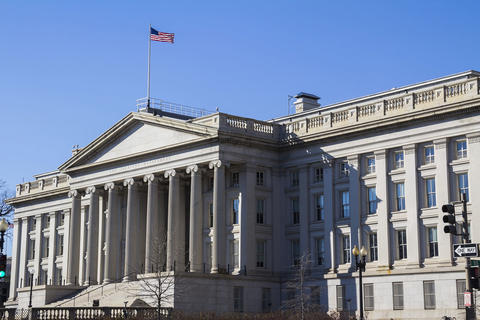
CBO projects that if the debt limit remains unchanged, there is a significant risk that at some point in the first two weeks of June, the government will no longer be able to pay all of its obligations.
The debt limit—commonly called the debt ceiling—is the maximum amount of debt that the Department of the Treasury can issue to the public or to other federal agencies. The amount is set by law and has been increased or suspended over the years to allow for the additional borrowing needed to finance the government’s operations. On December 16, 2021, lawmakers raised the debt limit by $2.5 trillion to a total of $31.4 trillion. On January 19, 2023, that limit was reached, and the Treasury announced a “debt issuance suspension period” and began using well-established “extraordinary measures” to borrow additional funds without breaching the debt ceiling.
The Congressional Budget Office projects that if the debt limit remains unchanged, there is a significant risk that at some point in the first two weeks of June, the government will no longer be able to pay all of its obligations. The extent to which the Treasury will be able to fund the government’s ongoing operations will remain uncertain throughout May, even if the Treasury ultimately runs out of funds in early June. That uncertainty exists because the timing and amount of revenue collections and outlays over the intervening weeks could differ from CBO’s projections.
No comments:
Post a Comment